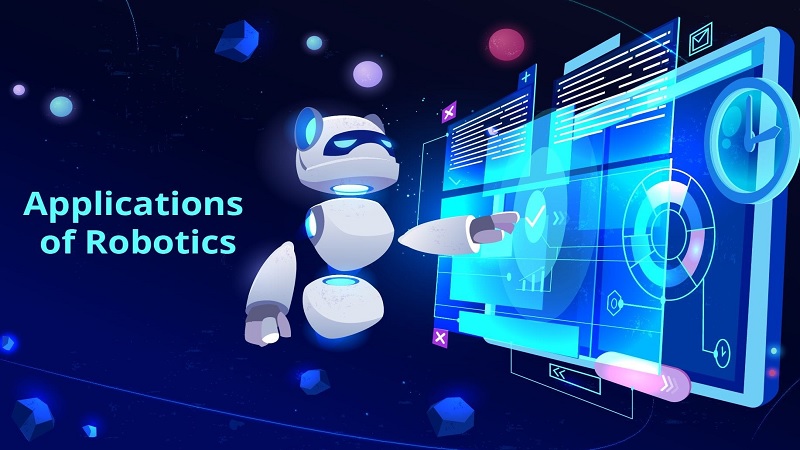Robotics: An Overview of the Field
Robotics is a field of study that deals with the design, construction, operation, and use of robots. Robots are programmable machines that can perform a wide range of tasks autonomously or with human supervision. It has become an interdisciplinary field that combines elements from computer science, engineering, mathematics, physics, and many other disciplines.
The History of Robotics
The history dates back to ancient times when inventors created machines that could perform simple tasks. However, the modern era of robotics began in the 20th century with the development of the first industrial robots. The first industrial robot, the Unimate, was invented by George Devol and Joe Engelberger in the 1950s. Since then, it has evolved significantly, and robots are now used in a wide range of applications, from manufacturing and healthcare to space exploration and entertainment.
Types of Robots
There are many different types of robots, each designed for a specific purpose. Some common types of robots include:
- Industrial Robots: These robots are used in manufacturing and other industrial applications. They can perform tasks such as welding, painting, and assembly.
- Service Robots: These robots are designed to assist humans in various tasks. They can be used in healthcare, hospitality, and other service industries.
- Military Robots: These robots are designed for use in military applications. They can perform tasks such as surveillance, reconnaissance, and bomb disposal.
- Agricultural Robots: These robots are used in agriculture for tasks such as planting, harvesting, and spraying crops.
- Entertainment Robots: These robots are designed for entertainment purposes. They can be used in theme parks, museums, and other attractions.
Applications of Robotics

It has many applications in various fields, including:
- Manufacturing: Robots are widely used in manufacturing to automate repetitive tasks and improve efficiency.
- Healthcare: Robots are used in healthcare to assist with surgeries, patient care, and other tasks.
- Agriculture: Robots are used in agriculture to automate tasks such as planting, harvesting, and spraying crops.
- Exploration: Robots are used in space exploration and deep-sea exploration to gather data and perform tasks that would be too dangerous for humans.
- Education: Robots are used in education to teach students about robotics, programming, and other STEM-related subjects.
Challenges and Opportunities
Despite the many benefits of robotics, there are also challenges and opportunities that come with the field. One challenge is the potential impact on employment, as robots can replace human workers in many tasks. Another challenge is the need for continued research and development to improve the capabilities of robots and make them more versatile.
However, there are also many opportunities in the field of robotics, including the potential for new and innovative applications. As robots become more advanced and versatile, they may be able to perform tasks that were previously impossible or too dangerous for humans.
Conclusion
In conclusion, robotics is a rapidly evolving field that has many applications in various industries. From manufacturing to healthcare to space exploration, robots are becoming increasingly important in our daily lives. As the field continues to evolve, there will be both challenges and opportunities, and it will be important to consider the ethical and social implications of robotics as we move forward.
Table of Contents
Submitted By Uzair Ahmed


